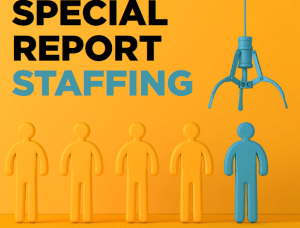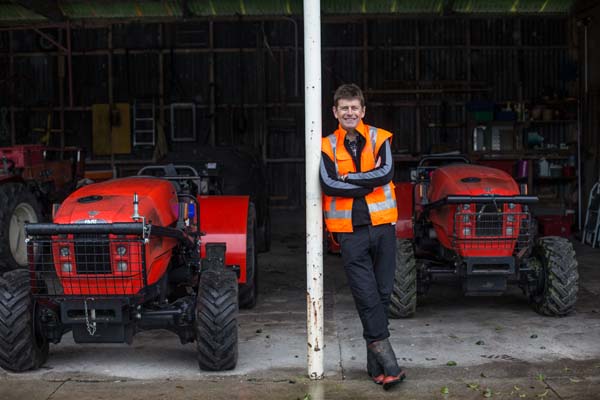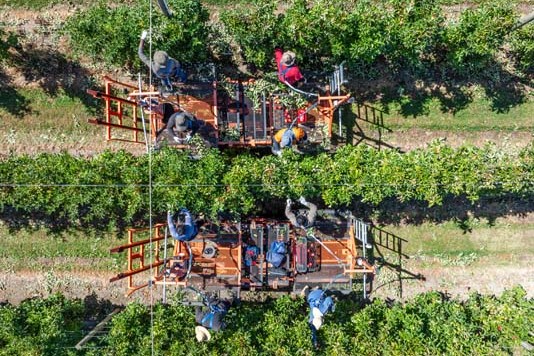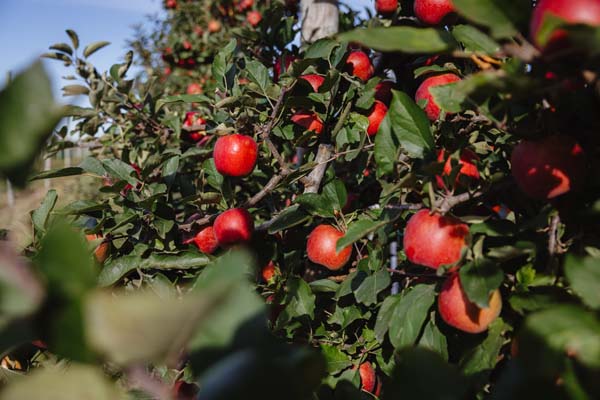Investment saves all round
Safer and less physical workplaces have the potential to attract and retain staff. By Karen Trebilcock.

 South Taranaki farmer Hayden Lawrence used to spend nine hours a day, every day, milking.
South Taranaki farmer Hayden Lawrence used to spend nine hours a day, every day, milking.
“We had a 22-aside herringbone shed and were milking 400 cows. I was falling asleep at the dinner table and couldn’t drive the car for more than an hour without falling asleep.
“I was too tired to make decisions. I couldn’t focus on our strategic direction.
“I went to our banker and said ‘this has got to change’.
“He told me building a new dairy was good for a five-to-seven-year business plan. I said if it takes that long, I won’t be here.”
Instead, after three years, he got his new shed – a 24-aside double up with 48 sets of cups and rapid exit. It now takes one person under four hours a day for milking with another person getting the cows in.
“We’ve dropped our total staff milking time from 18 hours to 3.75 hours per day, which, in a year, equates to $100,000 in time. Some of this time is used for more sleep or spending more time on other aspects of farming.
“At this rate the $875,000 dairy will pay for itself in nine years.
“As well, it’s safe and clean and a nice place to spend time. We even have a large screen in it that shows us all the cow information, and what the cameras around the farm are showing, but we can also watch the cricket, or the supercars, while we milk.”
His story was told at the Invercargill Dairy Women’s Network and DairyNZ People Expo event which focused on ways to make dairying more attractive to staff. DairyNZ senior scientist Callum Eastwood said milking-related injuries on dairy farms cost the Accident Compensation Corporation $2 million a year.
“That’s everything including repetitive sprains from milking long hours and getting kicked in dairies which are not as safe as they could be.
“We need to make milking easier, safer and less physical to attract people to work on our farms.”
DairyNZ’s Reducing Sprains and Strains project, funded in partnership with ACC, is researching practical solutions to help farm teams reduce injuries.
Also, the dairy sector’s Great Futures in Dairy Plan, released in June 2022, promotes safer and less physical workplaces to attract and retain staff.
This includes reducing the hours worked, especially milking cows.
“If we reduce the amount of time milking then we can keep people in the job for longer as they will have less injuries from the repetitiveness of milking, and we can attract older people to the industry as well,” Callum said.
“There are people out there who want a change in career but dairying is not attractive to them because of the physical nature of it, the long hours and rosters with not enough days off.”
He said technology such as automated cup removers, drafting gates, teat sprayers, yard wash and gate openers quickly paid for themselves when labour costs were considered.
“We have always looked at the number of cows per full time employee on farms, and worldwide we are the leaders.
“On this metric, we are more efficient than anyone, and twice as efficient as the United States, partly because of their feeding regimes.
“However, if you look at the metric of kg milksolids per hour worked then the States beats us.”
Many farmers were already investing in more technology onfarm, particularly technologies that automated tasks.
“Having automated drafting lessens the injury risk onfarm, taking cups off cows manually can cause them to kick and there is always the repetitive strain of doing the same thing over and over hundreds of times every day.”
Hayden also uses cow wearables which cost him $8000 a year.
“I save that money just by not having to pay someone to stand there in the dairy picking cows for mating.”
But even better, it showed when cows were 24 hours out from calving, enabling him to bring the springers to the calving pad.
“We no longer have to go out to the paddock to pick up calves and bring in the cows. It’s a huge time-saver and so much better for everyone’s backs.”
More information is available at dairynz.co.nz/great-futures





